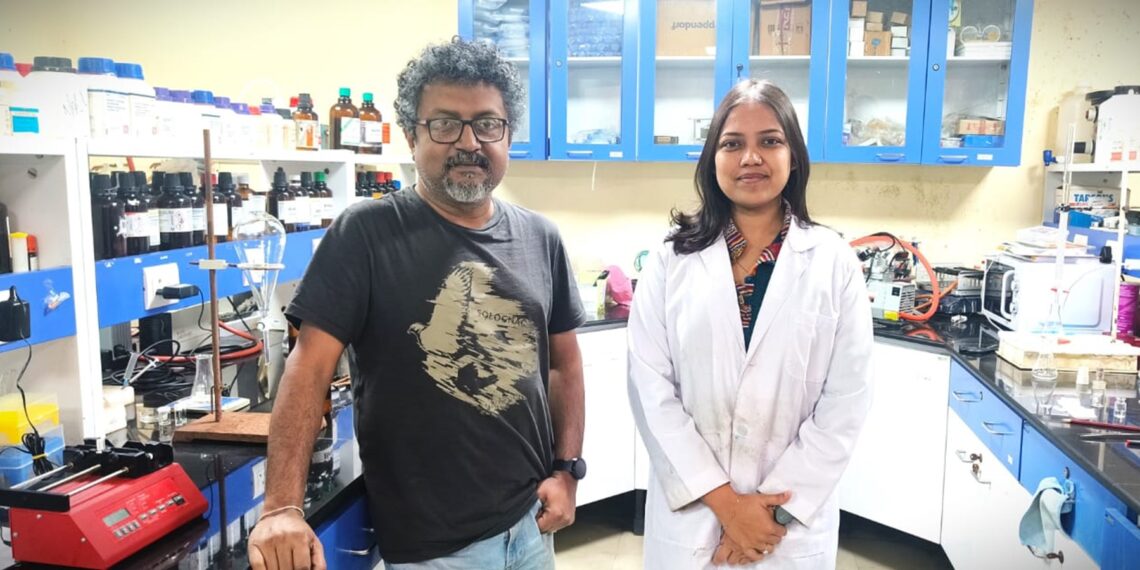GUWAHATI: Researchers at the Indian Institute of Technology (IIT), Guwahati have achieved a breakthrough in healthcare with the development of a cost-effective, gel-based wearable device capable of recording motion signals.
A research group at IIT Guwahati, led by Prof. Debapratim Das from the Department of Chemistry, has developed the Organohydrogel sensor.
This innovative material boasts exceptional stretchability, self-healing capabilities, anti-freezing properties, conductivity, and mechanical strength, even in extreme temperature conditions.
This cutting-edge innovation has the potential to revolutionise healthcare monitoring, particularly for patients in comatose states or facing similar conditions.
The newly engineered sensor, embedded within a flexible gel material, can be comfortably placed on the bodies of patients.
Through integration with a wireless device and a smartphone, it facilitates the monitoring of subtle movements over an extended period.
This real-time monitoring provides healthcare professionals with invaluable insights into patient conditions, enabling timely interventions when necessary.
Das explained, “We introduced a secondary cross-linking method to significantly enhance the gel’s mechanical properties. By optimising the ratios of glycerol and water, we ensured environmental tolerance from -20 to 40 °C, making the gel suitable for diverse applications.”
The groundbreaking research findings have been published in the esteemed ACS Applied Material and Interfaces journal.
The study’s co-authors include Ritvika Kushwaha, Souradeep Dey, Kanika Gupta, Prof. Biman B. Mandal, and Prof. Das.
Highlighting the sensor’s application, Prof. Mandal from the Department of Biosciences and Bioengineering, IIT Guwahati, said, “During practical wearable sensing tests, the sensor demonstrated high sensitivity in detecting major human joint motions, as well as micro motions such as muscle movements around the throat and facial expressions. Its wide environmental tolerance also enables usage in extreme conditions.”
The researchers have successfully connected the device to a smartphone via Bluetooth, allowing for the recording of signals upon deformation of the smart gel.
The promising development opens up new possibilities for wearable devices in various fields, including healthcare and adventure sports.















